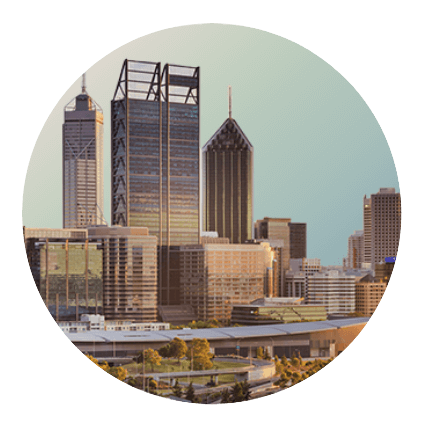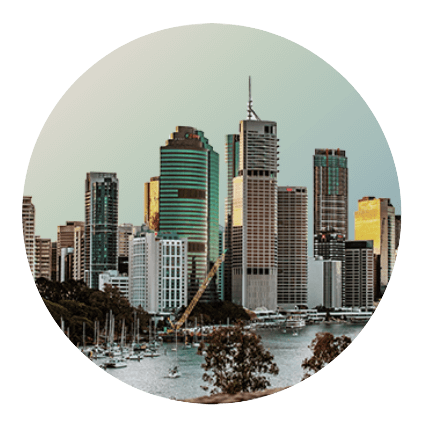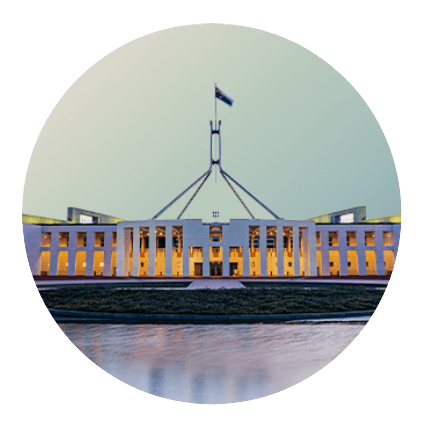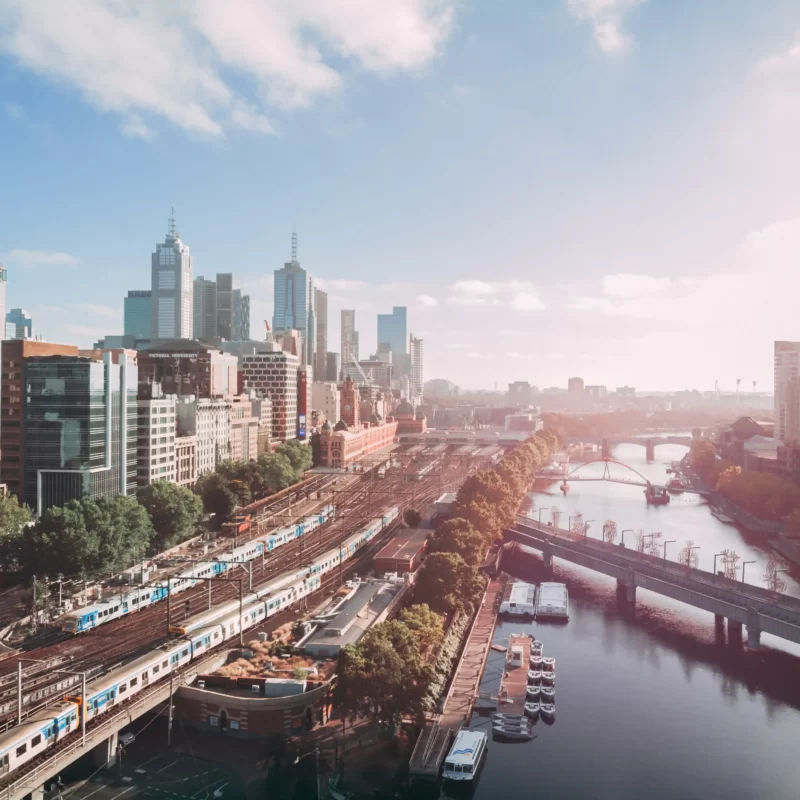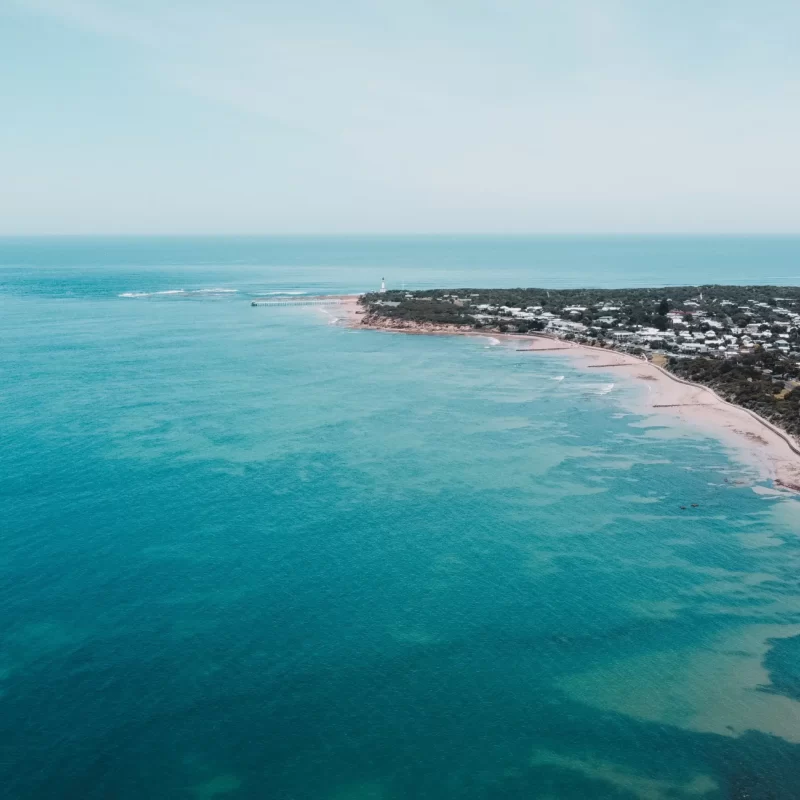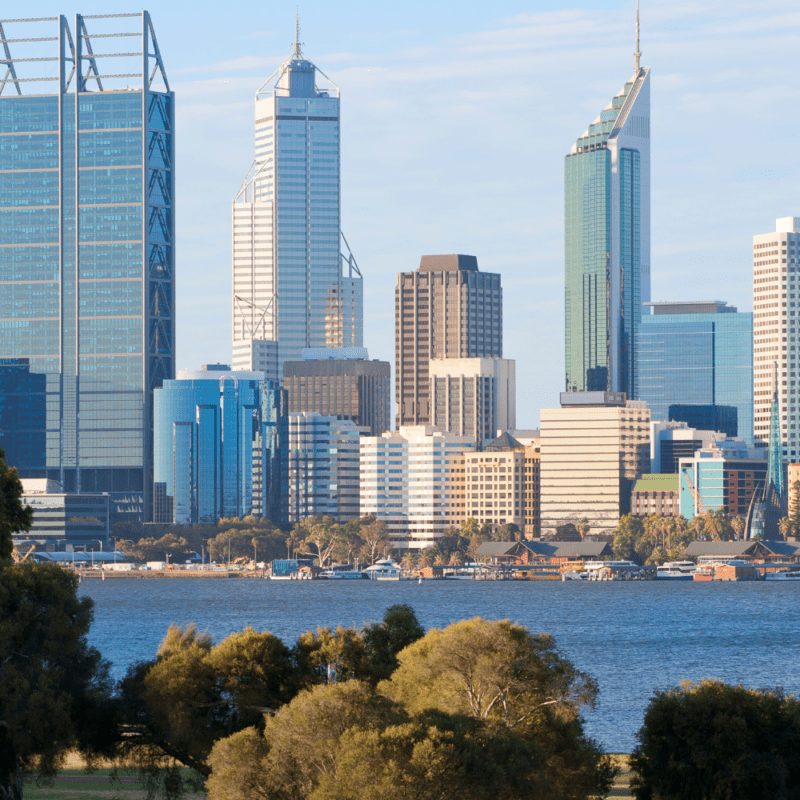At Alecto Australia, we specialise in finding rewarding General Practitioner jobs right across Australia for Australian GPs. If you’re a VR GP looking for your next opportunity, get in contact today because we’d love to hear from you.



The best GP jobs for the best GPs!
As there is no shortage of vacancies for General Practitioners in Australia, we seek out and work with only the best practices. Naturally, these practices expect the best GPs from us, so we look for GPs that are hardworking, have extra clinical skills, an interest in continuing education, and know how to build rapport with patients.
Clinics across Australia connect with us seeking GPs with FRACGP, MRCGP, FRNZCGP and MICGP qualifications. Working with a knowledge of your lifestyle preferences, means we’ll be able to match you to the perfect GP job opportunity.
Our personalised approach means we understand your specific wants, needs, goals and who you are as a person!
We’ll match you with the right practice for your personality and preferences, so you can enjoy your work more! Alecto are the ‘GP matchmakers’ and we know our GP jobs! Our team have worked with many of our preferred practices over a number of years. In most cases we know what practices look and feel like, their history, and how they train and retain their staff.
We also know how well practices support GPs through marketing to attract new patients. Our knowledge and experience means you don’t end up at the wrong practice, waiting week after week for the patients to start coming.

Find the perfect job today
FAQ’S
How can Alecto assist me in finding the ideal General Practitioner position in Australia?
Alecto is committed to streamlining your pursuit of the ideal GP position in Australia, recognising that your requirements and preferences are unique. Utilising our wide-ranging network and in-depth insight of the healthcare job market, we’re well-placed to identify roles that align with your career aspirations. Moreover, our assistance is not confined to the job discovery stage. We help you throughout the entire application and interview process, giving advice and feedback to increase your chances of success.
To assist GPs in securing prime roles in Australia, Alecto extends a holistic approach which encompasses:
- Thorough Job Search: We delve into our exhaustive network and resources to spotlight roles that align seamlessly with your capabilities and ambitions.
- Application Assistance: We walk you through the application process, assuring that your applications accurately depict your competencies and promise.
- Interview Preparation: We equip you with the necessary techniques and advice to shine in your interviews, leaving a lasting impression.
- Contract Negotiation: We act in your interest during contract discussions, ensuring you secure the most favourable conditions.
- Registration and Compliance Support: We guide you through the maze of registration and compliance procedures, offering you a hassle-free transition.
- Ongoing Support: Our dedication to your success endures beyond your job placement. We offer unwavering assistance to ensure your thriving growth in your new role.
What are the top locations for General Practitioner roles in Australia?
Australia’s healthcare landscape presents an array of excellent opportunities for General Practitioners, with some regions standing out as particularly advantageous. Metropolitan areas such as Sydney, Melbourne, and Brisbane are perennial favourites due to their high population densities and robust healthcare infrastructures. Likewise, the coastal cities of Perth and Adelaide offer a blend of city living with easy access to beautiful natural surroundings. For those looking for a slower pace of life, rural communities in Tasmania, Victoria, and New South Wales can provide a unique and rewarding professional experience.
Additionally, locum GP jobs, which provide short-term and flexible opportunities across the country, can be an ideal choice for those seeking variety in their practice. The ability to work in different settings and communities adds a valuable dimension to a GP’s professional portfolio.
Regardless of your preferences, Alecto is perfectly equipped to help. Whether you’re drawn to the vibrancy of city life, the tranquillity of the countryside, or the flexibility of locum roles, our extensive network and deep understanding of the Australian healthcare job market will be invaluable in your search. Alecto can assist you in identifying and securing a top General Practitioner role in any Australian state, city, or even in rural and locum positions. Our personalised approach ensures we find the ideal position for you based on your professional goals and lifestyle preferences.
What is the usual duration required for Alecto to successfully procure a fitting General Practitioner role?
The duration required for Alecto to secure an appropriate GP role in Australia can significantly fluctuate, contingent on a myriad of factors. These encompass elements such as the prevailing market demand, the candidate’s specific skill set and professional experience, immigration and relocation prerequisites, the particular requirements of the prospective job, and the candidate’s agility in navigating the hiring process.
The process, on average, could span from one week to a few months. It typically includes identifying suitable opportunities, submitting applications for these positions, undergoing interviews, and finessing the employment terms.
It’s paramount to acknowledge that Alecto’s foremost objective is to ensure a harmonious match between the candidate and the employer. While this may occasionally necessitate a longer time frame, it invariably leads to the most rewarding outcomes.
What could be the possible earnings for a General Practitioner in Australia?
The income of a General Practitioner in Australia can vary widely based on factors like the number of sessions per week and billing type. According to our May 2023 survey, full-time GPs earn an average of $334,000 annually. Notably, Australian GPs rank third globally for average yearly income. Earnings can also depend on the practice location and billing type of the practice. For example, full-time GPs at bulk billing practices average $230,000, while those at mixed billing practices earn about $356,000 annually.
To delve into more detailed salary figures and learn how these variables may impact your potential earnings, please see our GP Salary guide.
Can Alecto also provide assistance in securing a locum General Practitioner role in Australia?
Alecto is fully equipped to assist with the procurement of locum General Practitioner positions throughout Australia. Leveraging our wide network and industry insight, we’re able to identify appropriate locum opportunities that align with your professional aspirations and preferences, regardless of location within the country.
Learn more and view our latest GP locum roles in Australia
Where in Australia can I work as an overseas trained doctor (OTD)?
International Medical Graduates (IMGs), or Overseas Trained Doctors (OTDs), have numerous potential work locations in Australia, contingent upon their qualifications, experience, and specific visa or registration stipulations.
Urban Zones: Depending on certain conditions, including completion of a mandatory 10-year moratorium in a designated area, many OTDs might be eligible to work in some urban settings.
Distribution Priority Areas (DPA): DPAs, located throughout Australia, are regions identified as having a lower than average access to healthcare services. OTDs often find opportunities in these areas due to regulatory requirements.
Rural or Remote Areas: There’s often a high demand for medical services in rural and remote parts of Australia, which are outside of metropolitan zones. OTDs may find it beneficial or necessary to consider these locations.
Please note, given the dynamic nature of regulatory classifications, it’s essential to verify current information with us or the Australian Health Practitioner Regulation Agency (AHPRA).
Are there any restrictions applicable to Overseas Trained Doctors (OTDs)?
Overseas Trained Doctors (OTDs) practising in Australia must observe certain additional restrictions.
Section 19AB Limitations (10-year moratorium): According to Section 19AB of the Health Insurance Act 1973, OTDs are mandated to serve in a designated region for a decade from the commencement of their initial medical registration in Australia. Such areas are often rural, remote, or classified as Distribution Priority Areas (DPA).
Despite the existing restrictions, Overseas-trained General Practitioners can take advantage of various 19AB exemptions available to them.
➜ Learn more about 19AB Exemptions
Distribution Priority Areas (DPAs): As of 2019, the Australian government transitioned from the DWS system to the DPA classification for GPs. DPAs are regions identified as underserved compared to the national average. Consequently, restricted OTDs must work in DPAs to qualify for Medicare benefits. It’s noteworthy that the DPA status of a region undergoes annual reassessment.
Bear in mind, these regulations are subject to modification and may differ based on the OTD’s individual circumstances, such as visa type and medical specialty. To comprehend the existing stipulations fully, it’s crucial to consult with an informed authority like Alecto to figure out what location is best for you.
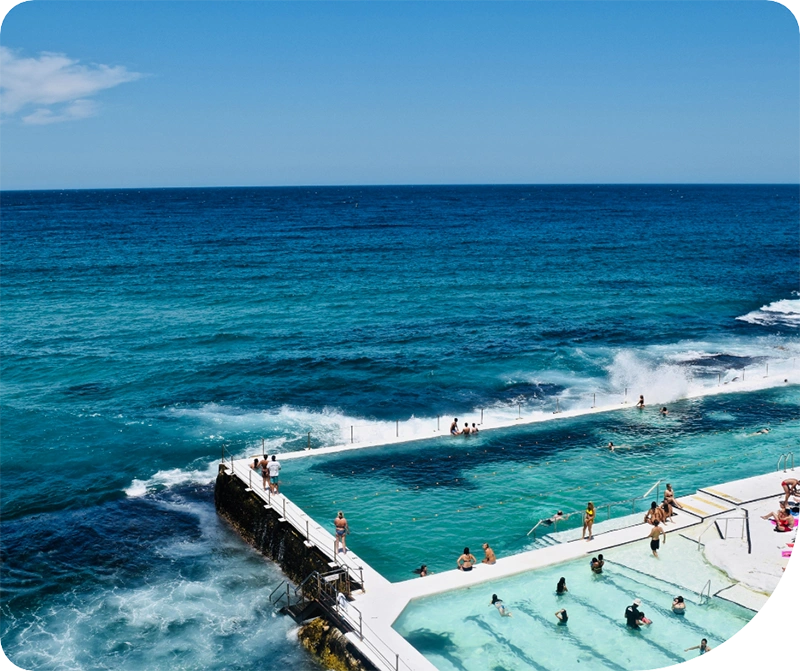
How to find the best GP Job in Australia?
You’ve made the decision to relocate and look for a GP job in Australia – what next? At Alecto, we can guide you through the extensive process of relocating assisting you each step of the way. We will help you with all essential paperwork that is required before you move including visas, application numbers, passports and more.
We will also help you when you get to Australia introducing you to accountants, banks, helping you find housing, schools and anything you require to start your new life. Get in contact here to find out what we can do for you.
Want to talk about your job options in Australia?
Leave your details and one of our consultants will contact you.
"*" indicates required fields
Sign up for Job Alerts & News
Why Alecto?
At Alecto Australia, we are committed to finding GP jobs that suit your individual preferences and needs. Because we specialise in sourcing the best GP jobs for the best GPs, we have access to the largest number of permanent GP jobs in Australia.

